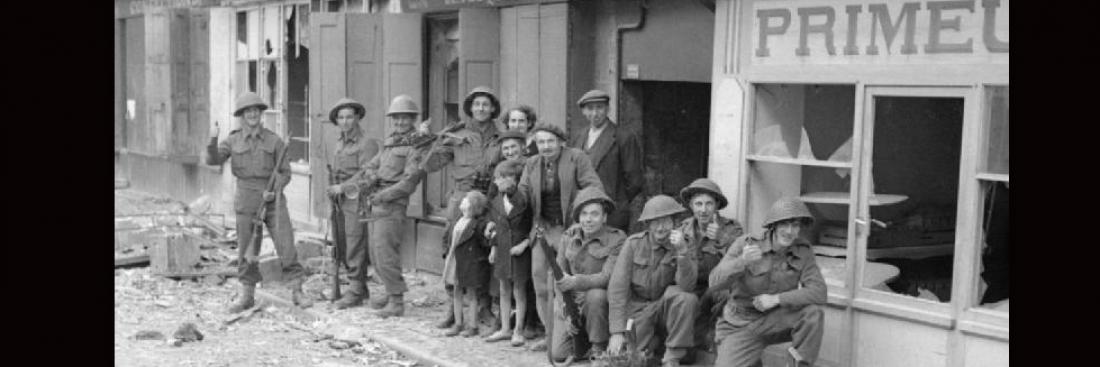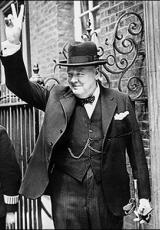The liberation of Caen.

The Allies had predicted that the great Normandy city of Caen, a major crossroads, would be taken on D-Day. But at the beginning of July 1944, Caen still had not been liberated.

Aerial view of the bombing in the region of Caen, 6 June 1944. Source: Basse-Normandie Regional Council / U.S. National Archives
From 7 to 15 June, the first assault designed to liberate the capital of Normandy was to surround the city from the west. But it failed before Villers-Bocage due to the resistance of a German armoured division.

A Panzer IV and a Tiger I destroyed at Villers-Bocage. Source: German Federal Archives
The second assault took place on 18 June 1944. The following days, a storm destroyed one of the ”Mulberry” harbours and damaged the other, causing serious supply problems and the cancellation of the planned offensives. The objective of Operation Epsom, from 25 to 28 June 1944, was to surround Caen from the south. This operation was carried out by the British, who managed to widen the conquered area, to establish a bridgehead on the Odon to Gravus and to weaken the German defences. But General Montgomery's soldiers were unable to enter the city or to take Carpiquet Airport.

Shell hole in the foreground. Ruins of the hangars at Carpiquet Airport, totally destroyed by the bombing. Source: Basse-Normandie Regional Council / U.S. National Archives
On 1 July 1944, SS Panzergruppe I launched heavy counterattacks in the area between Tilly-sur-Seulles and Caen, but they were pushed back by the 2nd British Army, with artillery support. The Germans lost nearly all their tanks.
On 7 July, the Allies launched Operation Charnwood, which was to free the city. 115,000 Anglo-Canadians took part in the assault. The offensive began with the massive bombing of the northern outskirts of the city. 2,600 tonnes of bombs were dropped on Caen. The city was destroyed and thousands of residents were killed.

The first British troops in Caen pose with the residents in front of the devastated shops. Source: Imperial War Museum
Early in the morning of 9 July, elements of the Royal Ulster Rifles entered Caen from the north. With the help of the resistance fighters, they reached the Orne River in the early afternoon. To the west, the Scottish Glens entered the city, harassed by isolated groups of SS. But the Allies were unable to cross the Orne.

Canadian Infantry soldiers marching in a street where the ground is scattered with rubble, 10 July 1944. Source: Basse-Normandie Regional Council / National Archives of Canada
From 18 to 20 July 1944, Montgomery launched Operation Goodwood to attract as many German troops as possible into the Caen region and to enable the American 1st Army to push to the west, taking Saint-Lô and then Coutances.

Infantry and tanks waiting to move forward at the start of Operation Goodwood. Source: Imperial War Museum
Operation Goodwood, to the east of Caen, was able to fully liberate the city, which was now a pile of ruins, and to open up a passage on the Orne.

Place Saint-Pierre after the Battle of Caen (1944). Source: Imperial War Museum


